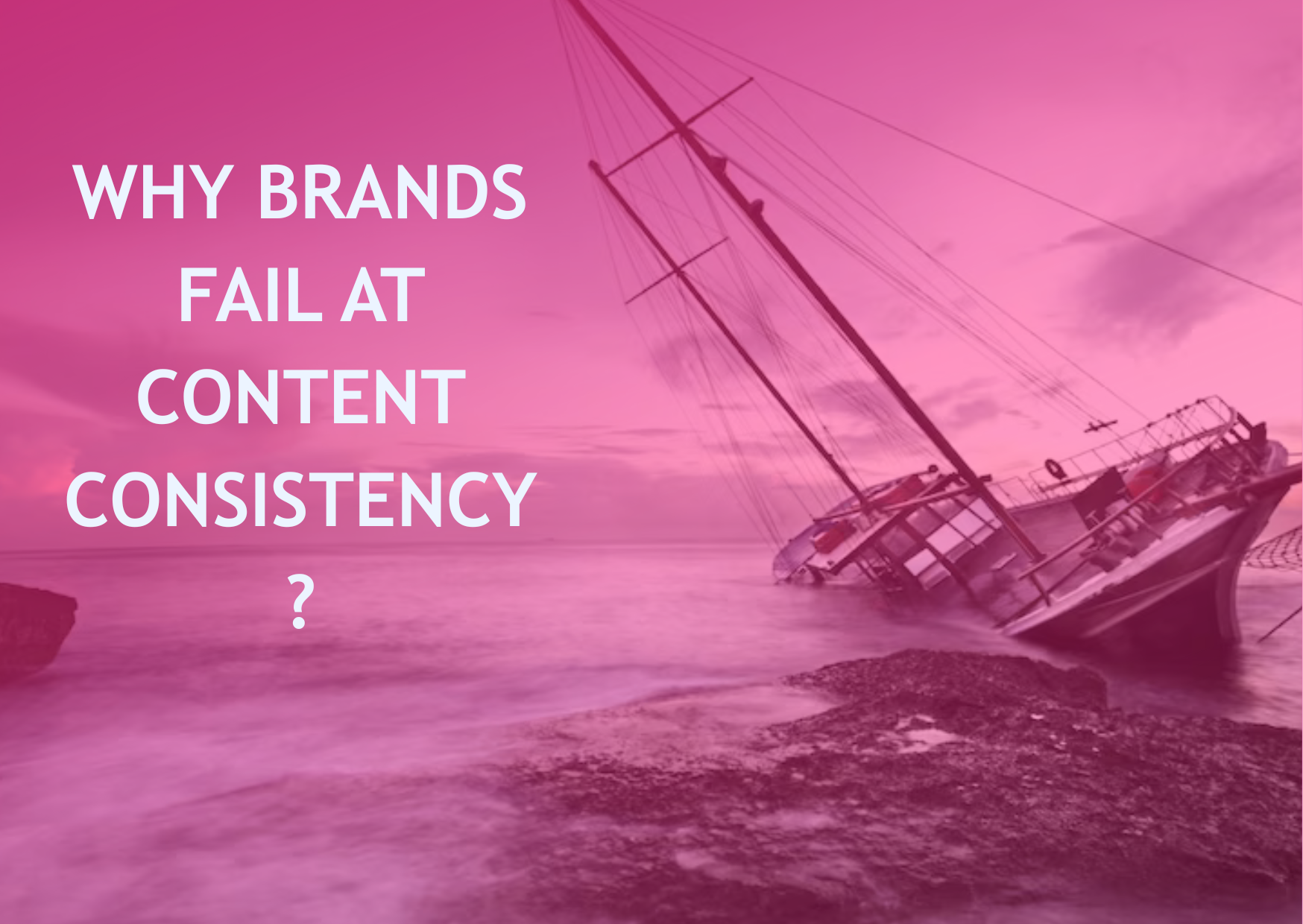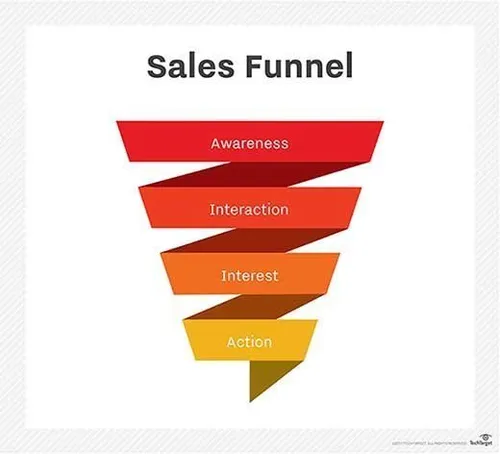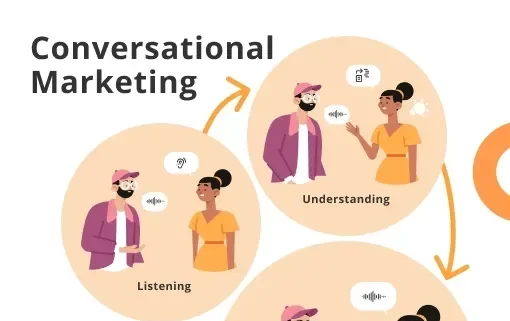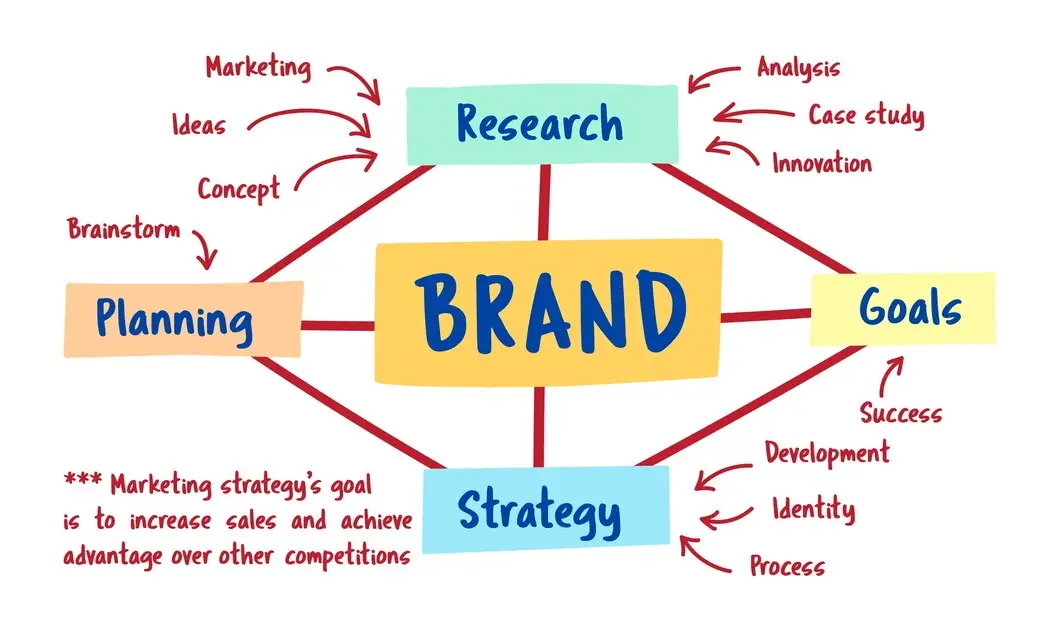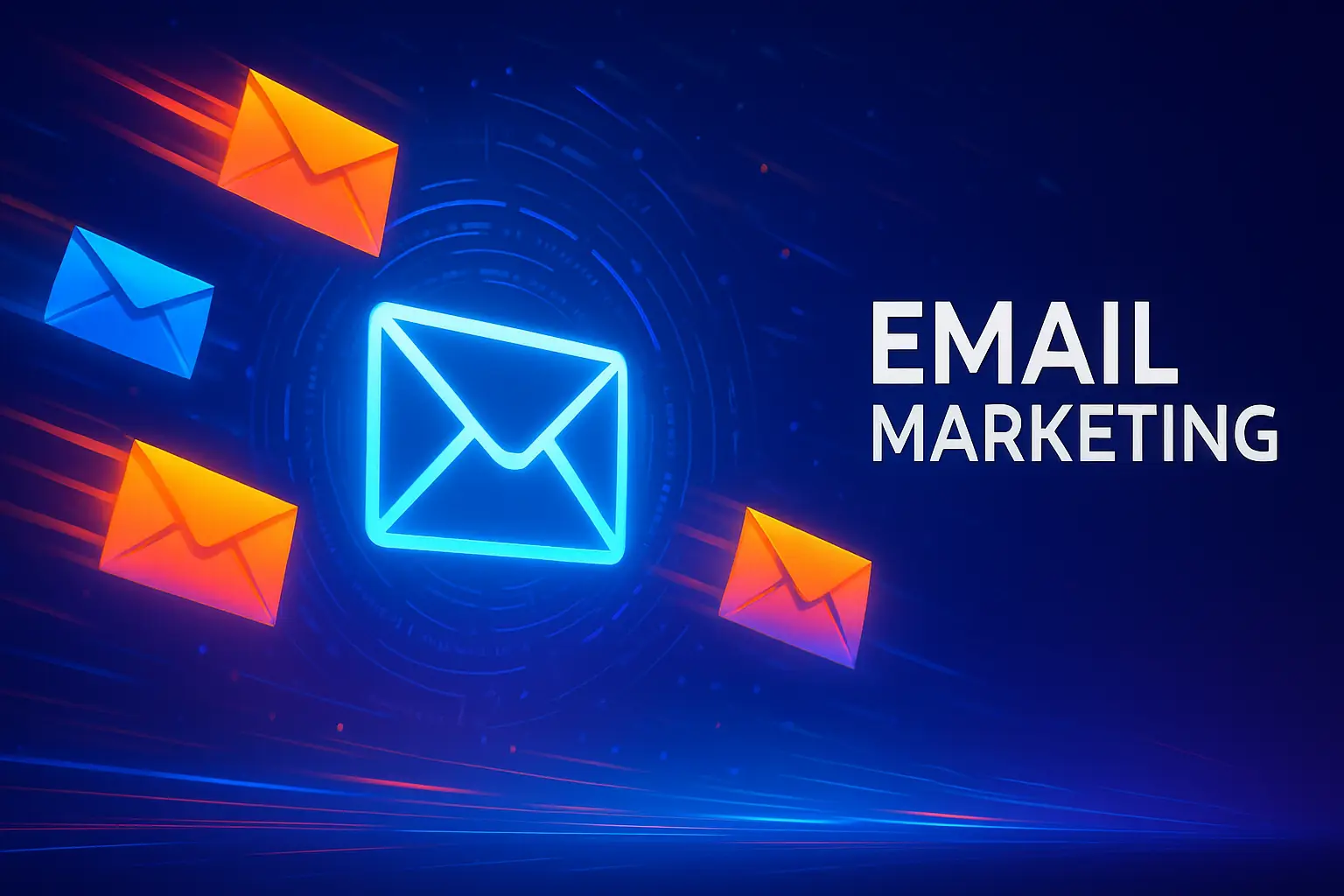The Rise of the “No-Click” Search: Is Google Becoming the Only Website You Need?
Ever typed a question into Google, like “how tall is Mount Everest?” or “weather in Mumbai,” and gotten the answer instantly, right there on the page? You see the answer, you close the tab, and you never actually click on a single website.
That, my friend, is a zero-click search, and it’s completely changing how we use the internet.
Google is no longer just a list of blue links. It’s become an answer engine. Thanks to features like Featured Snippets (those answer boxes at the top), Knowledge Panels, and instant calculators, Google’s goal is to give you information as quickly as possible.
For us, the searchers, this is amazing! It’s fast and convenient. But for businesses, bloggers, and anyone with a website, it’s a huge challenge. If nobody is clicking, how do you get traffic? How do you make sales? This shift is forcing a massive rethink of SEO strategy, moving beyond just ranking #1 to finding new ways to stay visible when the search page itself is the final destination.
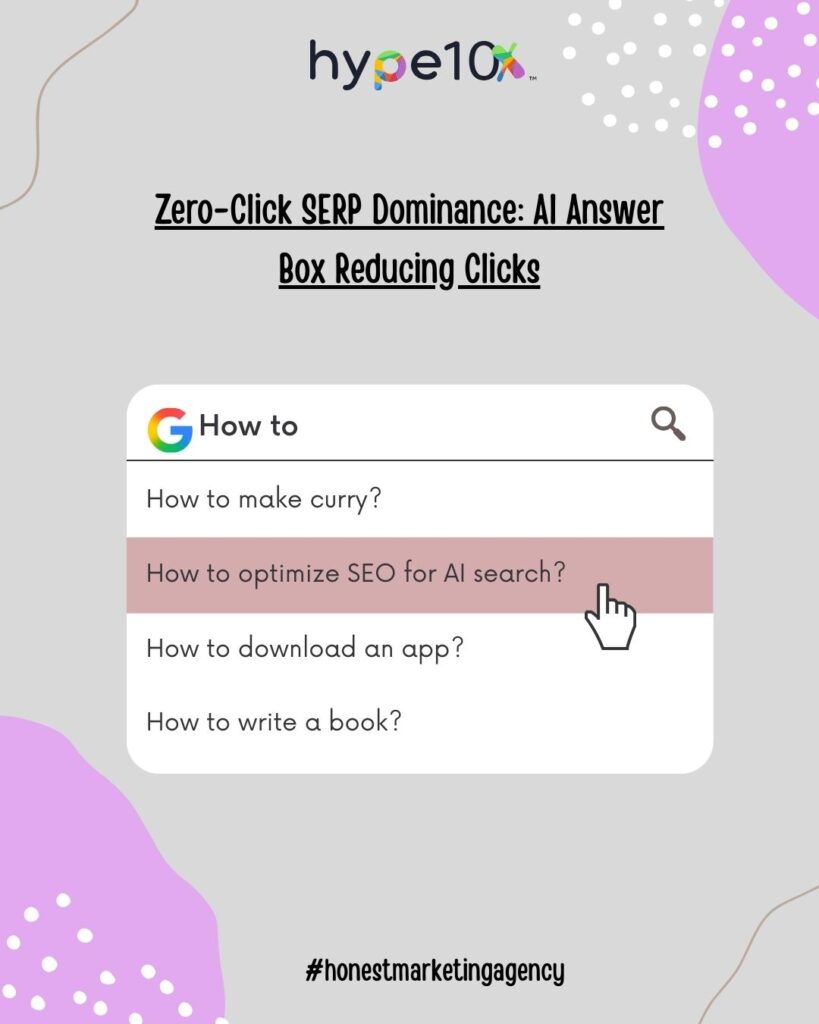
Why Zero-Click is a Challenge for Marketers
While zero-click searches offer users incredible speed and convenience, they represent a fundamental challenge to the core principles of digital marketing. For years, the goal has been to drive traffic to a website. Zero-click searches disrupt this model entirely, creating several significant hurdles for marketers.
Here’s a breakdown of why this trend is such a challenge:
1. Drastic Loss of Website Traffic
This is the most immediate and significant impact. The primary goal of Search Engine Optimization (SEO) has always been to earn a high ranking to attract clicks and visitors. In a zero-click world, your content can be the source for a featured snippet or an AI-powered answer, giving you “Position Zero” visibility, yet result in no actual traffic. This decline in visitors means fewer opportunities to:
- Generate leads through forms.
- Earn revenue from on-site advertising.
- Move users into a sales funnel.
2. Broken Analytics and Inaccurate Measurement
Marketers rely on data to measure success, but zero-click searches make this incredibly difficult. Traditional key performance indicators (KPIs) like Click-Through Rate (CTR), sessions, and bounce rate become misleading. Your content might be successfully answering thousands of user queries on Google’s results page, leading to huge brand exposure, but your website’s analytics will show a worrying drop in traffic. This creates a blind spot, making it hard to prove the ROI of your content marketing efforts.
3. Diminished Brand Engagement and Loyalty
When a user gets their answer from Google, they often associate that answer with Google, not the brand that provided the information. By not visiting your website, potential customers miss out on your brand’s identity—your design, messaging, and unique user experience. This lack of interaction makes it much harder to build a memorable brand, foster a community, or encourage loyalty. The search engine effectively becomes the destination, intercepting the relationship between the brand and the consumer.
4. Disrupted Customer Journeys and Lost Revenue
Marketers meticulously craft customer journeys on their websites, guiding users from blog posts to product pages and calls-to-action. Zero-click searches break this journey before it even begins. A user might get a product price or a quick review directly on the SERP and make a decision without ever visiting the product page. This eliminates crucial opportunities for upselling, cross-selling, and persuading a customer to purchase.
5. Intensified Competition for SERP Real Estate
The battle for visibility has become more intense and concentrated. It’s no longer enough to be on the first page; brands must now fight for the limited space within rich results like Featured Snippets, “People Also Ask” boxes, and AI Overviews. This is often a “winner-take-all” scenario. If you don’t secure that top answer spot, your content—even if it ranks second or third—can become virtually invisible to a large portion of users.
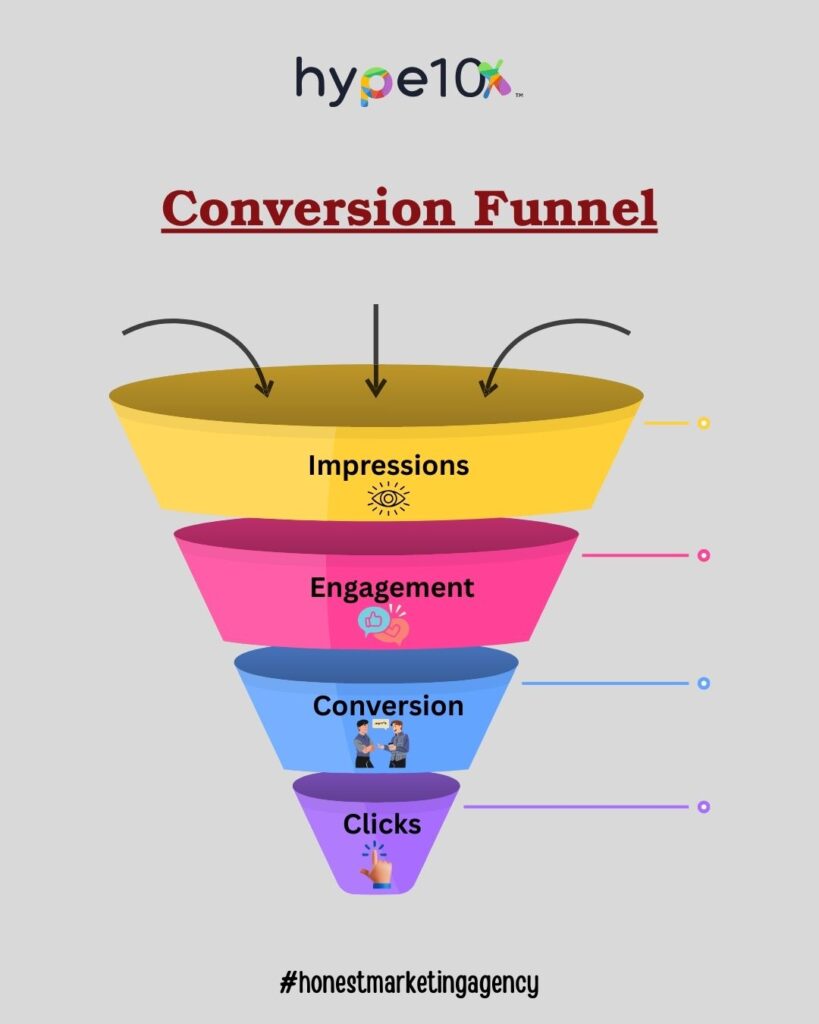
While zero-click searches offer users unparalleled convenience, they create a significant challenge for marketers by disrupting the traditional goal of driving website traffic. The core problem is that when a user gets an answer directly on Google’s results page (SERP), the brand behind the information loses a valuable visitor.
This triggers a cascade of negative effects. First, it leads to a direct loss of website traffic, which means fewer opportunities for lead generation, ad revenue, and e-commerce sales. The carefully crafted customer journey is cut short before it even begins. Second, it breaks traditional analytics; metrics like click-through rate become misleading, making it incredibly difficult for marketers to prove the ROI of their content.
Furthermore, with no website visit, the opportunity to immerse a user in a brand’s unique environment is lost, weakening brand engagement and loyalty. The user’s positive experience is credited to Google, not the content creator. This forces marketers into a fierce, “winner-take-all” battle for SERP features like Featured Snippets and AI Overviews, fundamentally changing the landscape of SEO and forcing a difficult but necessary evolution of marketing strategies.
Understanding AI-Powered SERPs
SERP AI summaries are like having a smart assistant that gives you the best answer to your question right at the top of Google’s results page. Instead of just seeing a list of links, you see a concise, AI-generated summary that pulls key details from multiple sources. This is called a “zero-click” search because you often get your answer without even clicking on a website.
This shift changes a lot for content creators and businesses. The goal is no longer just to be the first blue link but to be a credible source that the AI chooses to feature. You need to create content that’s easy for AI to understand, which means using clear headings, lists, and direct, conversational answers. Focusing on things like user intent, semantic SEO (using related keywords and concepts), and building real-world authority are now more important than ever to get your content noticed by these smart systems.
How It Works
AI-powered SERPs use advanced technologies like natural language processing (NLP) and machine learning to figure out what you’re really looking for. They analyze the context and meaning behind your query, not just the exact keywords. For example, if you ask “how do I bake a cake for my dog,” the AI understands you’re looking for a dog-safe recipe, not just a standard one. The AI then scours the web, synthesizes information from various high-quality sources, and generates a new, summarized answer on the spot.
How to Optimize for AI SERPs
To rank in this new world of AI-powered search, you’ll need to adjust your strategy.
Use Structured Data: Implement schema markup to help search engines better understand your content and its purpose. This can increase your chances of being featured in rich results like knowledge panels and featured snippets, which AI often pulls from.
Focus on the Human: Write for people first. Use natural, conversational language and directly answer common questions your audience has.
Structure Your Content: Use clear headings, bullet points, and numbered lists. This makes it easy for the AI to “read” and extract information to use in its summaries.
Establish Authority: Build your Expertise, Authoritativeness, and Trustworthiness (E-E-A-T) by citing credible sources, including expert quotes, and creating well-researched, in-depth content.
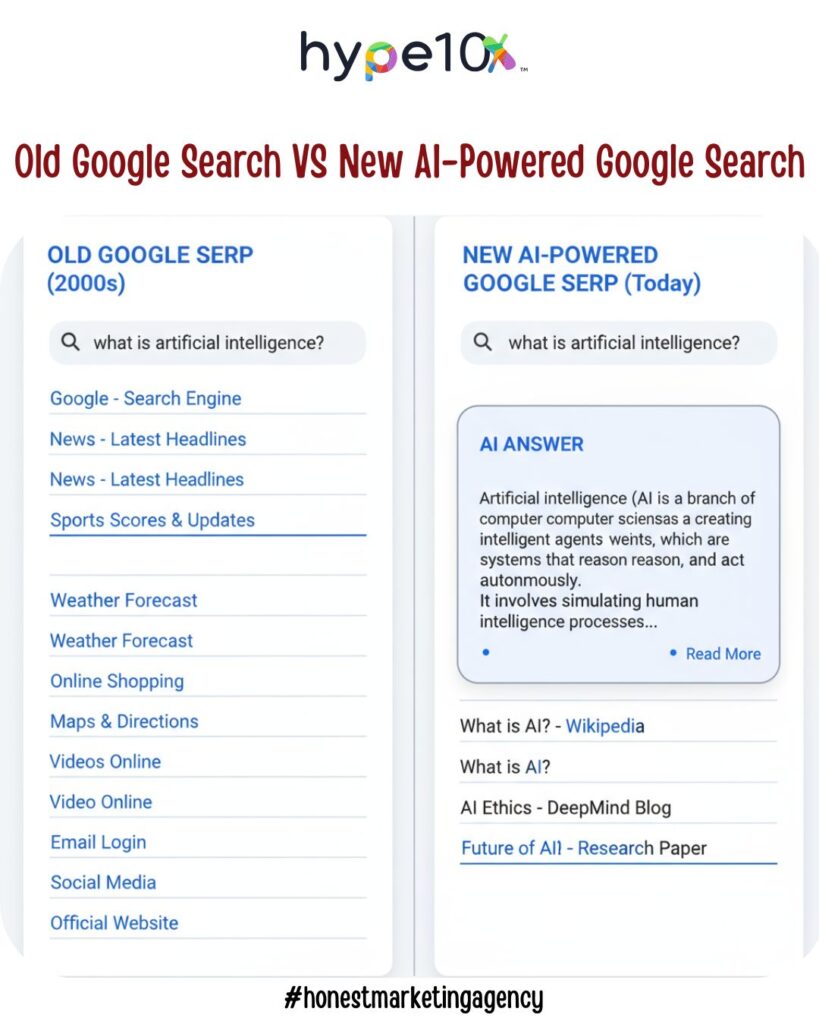
The Zero-Click Content Strategy Explained
A zero-click content strategy is all about providing valuable, standalone information directly on the search engine results page (SERP), so users get their answer without needing to click on your website. This is a direct response to the rise of AI-powered search features like featured snippets, knowledge panels, and “People Also Ask” boxes, which provide instant answers.
Instead of solely focusing on driving website traffic, this strategy prioritizes brand visibility and authority on the SERP itself. The goal is to be the credible source that the AI chooses to feature. To do this, content creators must make their content highly scannable and easy for AI to understand. This means using clear headings, bullet points, numbered lists, and direct, concise answers to common user questions.
To succeed with this approach, you need to create content that is not just well-optimized with keywords, but also structured specifically to win these “position zero” spots. Using schema markup (structured data) to tell search engines what your content is about, focusing on E-E-A-T (Expertise, Experience, Authoritativeness, and Trustworthiness), and consistently publishing high-quality, original content are all crucial components of a successful zero-click strategy. While you may see a decline in organic clicks, the trade-off is increased brand recognition and trust, making you a go-to source in your industry.
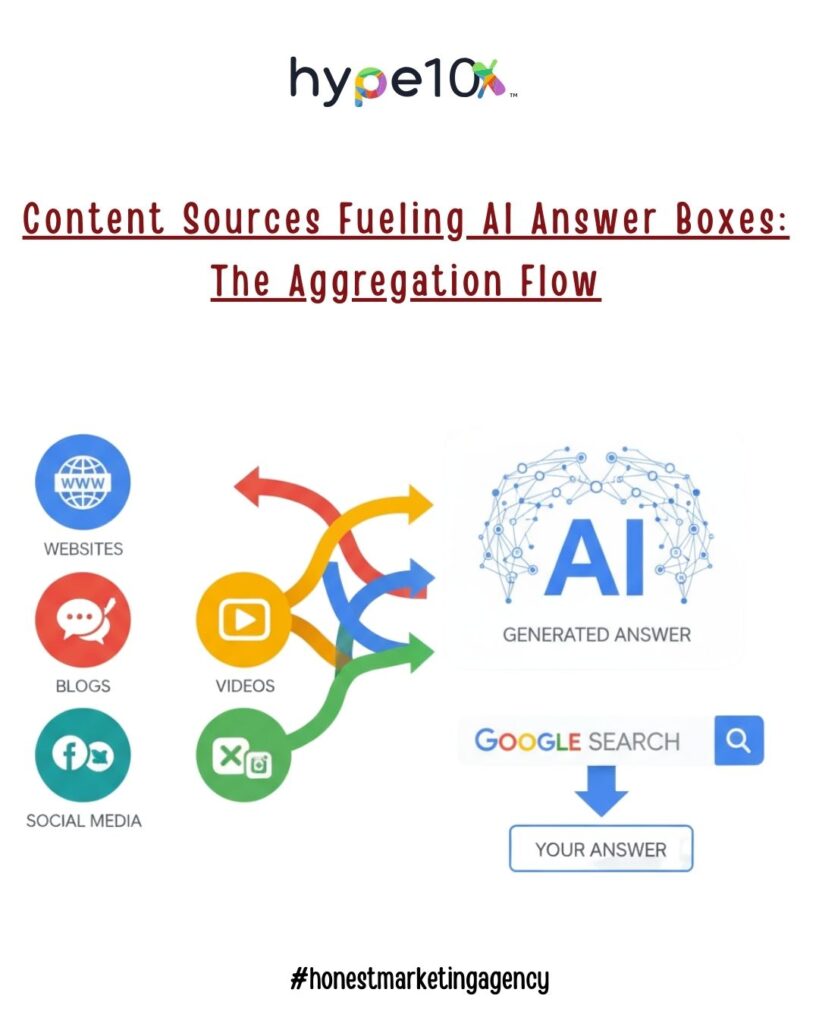
Key Tactics to Win in an AI-Powered SERP
Winning in the new world of AI-powered SERPs requires a shift from traditional keyword-stuffing to a strategy focused on clarity, authority, and structured content. Here are the key tactics to ensure your content gets featured in AI summaries and “zero-click” results.
1. Master the Art of the Direct Answer
AI models are trained to extract concise, factual answers. Your content must be structured to provide these answers upfront.
- Use question-based headings: Structure your content around common user questions, mirroring queries found in “People Also Ask” or keyword research. For example, “What is a zero-click strategy?” followed immediately by a direct, concise answer.
- Provide a “TL;DR” (Too Long; Didn’t Read) or summary box: Place a brief, two-to-three-sentence summary at the very top of your article. This gives the AI a perfect snippet to grab and use.
- Keep answers concise: After a heading, provide a direct answer in a single sentence or a short paragraph (ideally 40-60 words). You can then expand with more detail afterward.
2. Build Your Expertise, Authoritativeness, and Trustworthiness (E-E-A-T)
E-E-A-T is no longer just a ranking factor; it’s a prerequisite for being featured by AI. AI systems are designed to pull from the most credible sources to avoid providing misinformation.
- Demonstrate real-world experience: Share first-hand knowledge, case studies, original research, or personal insights that show you’ve truly “done the work.”
- Showcase your expertise: Add detailed author bios that list credentials, qualifications, and relevant experience. Link to your professional profiles and other published works.
- Strengthen your authority and trustworthiness: Back up your claims with data, cite reputable sources, and link to external references. Ensure your website has a clean, user-friendly design, a clear “About Us” page, and visible contact information.
3. Structure Content for Machine Readability
AI crawlers don’t read content like humans; they look for patterns and structure. Making your content easy to parse is critical.
- Leverage structured data: Implement schema markup (like
FAQPage,HowTo, andArticle) to explicitly tell search engines what your content is. This helps them categorize and present your information in rich results. - Use clear headings and lists: Employ a logical heading hierarchy (H1, H2, H3) and break up long text with bullet points and numbered lists. These formats are easy for AI to “read” and extract.
- Create internal linking that tells a story: Link your content strategically to other pages on your site. This helps AI understand the semantic relationships between your topics and reinforces your site as a comprehensive, authoritative hub.
4. Create “Knowledge Graph” Content
Think of your website as a knowledge graph. Instead of just writing single articles, create “topic clusters” that comprehensively cover a subject.
- Develop pillar pages: Create a central, in-depth guide on a broad topic.
- Support with cluster content: Write detailed articles that go deep into specific subtopics related to your pillar page.
- Link everything together: Use internal links to connect the pillar page to all its cluster pages and vice versa. This signals to AI that you are the definitive source for that entire topic.
Beyond Google: Diversifying Your Traffic Sources
An AI-dominated SERP means you can’t rely on Google alone for traffic. A smart content strategy needs to diversify its reach.
Social Media: Go beyond a simple share button. Engage in platform-specific content creation. For example, use Instagram Reels for short, engaging videos that link to a longer article on your site, or participate in niche Reddit communities by providing valuable, non-promotional answers that include a link to a relevant resource on your site.
Email Marketing: This is your most valuable asset. Unlike a search engine, you own your email list. Focus on building a strong newsletter by offering exclusive content, discounts, or insights. Send regular, high-value emails that drive subscribers back to your website, creating a direct traffic channel you fully control.
Other Search Engines: Don’t ignore Bing, DuckDuckGo, or even vertical search engines like YouTube and Pinterest. Optimize your content for these platforms by creating video tutorials, infographics, or detailed product pins that can be discovered through visual or video searches. This multi-platform approach creates a resilient content ecosystem.
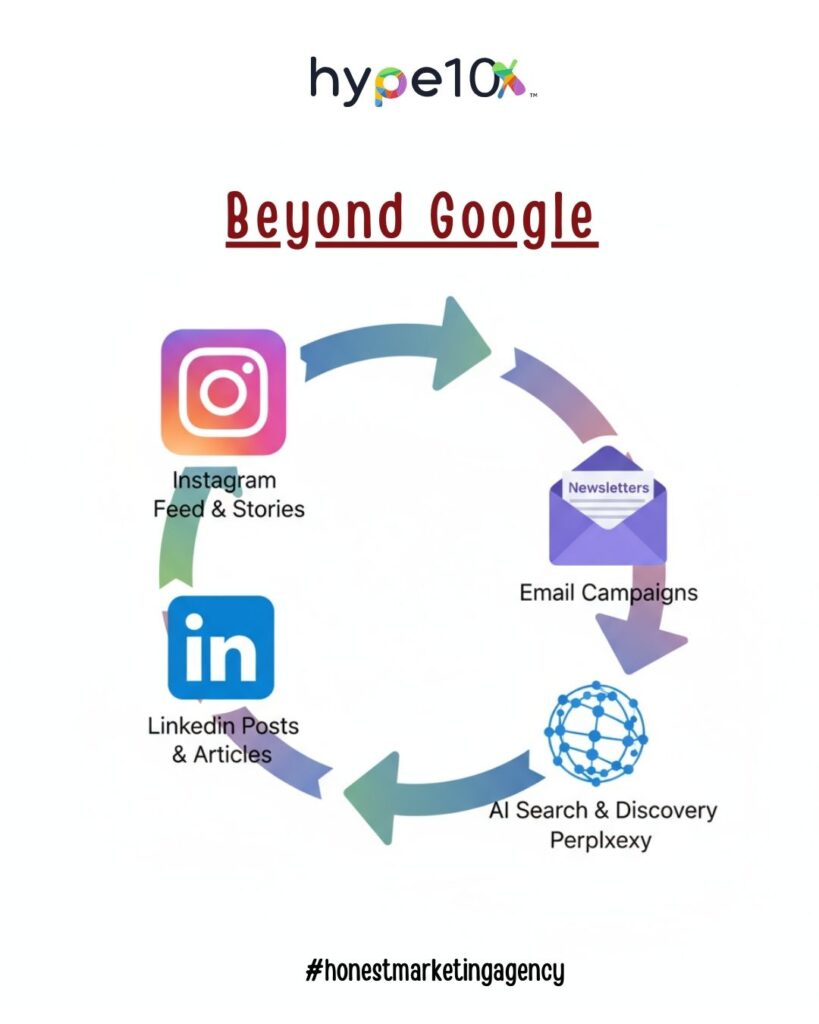
Measuring Success in a Zero-Click World
In a zero-click world, traditional metrics like organic clicks and conversions become less meaningful. Instead, success is measured by your content’s visibility and influence on the SERP, even if users don’t click through to your site.
Key Metrics to Track:
- Impressions: This is your most fundamental metric. In Google Search Console, a high impression count with a flat or decreasing click-through rate (CTR) signals that your content is being seen and is successfully answering a query directly on the SERP.
- SERP Feature Ownership: This is your new “ranking.” Track how often your content appears in high-visibility AI Overviews, featured snippets, and “People Also Ask” boxes. Tools like Semrush and Ahrefs can help you monitor this.
- Branded Search Volume: When your content is featured by AI, users may not click immediately but may perform a branded search for your company later. An increase in searches for your brand name is a powerful indicator of a successful zero-click strategy and growing brand awareness.
- Brand Mentions and Citations: Monitor how often your brand is mentioned or cited by AI systems and other platforms, as this is the new digital “backlink.” This signals that AI considers you an authoritative source in your industry.
Future Outlook: What’s Next for SEO & Content
The future of SEO is less about “ranking” and more about “visibility.” AI is not killing SEO; it’s evolving it into a more sophisticated practice focused on Generative Engine Optimization (GEO).
Key shifts to expect:
- A New SERP Hierarchy: AI Overviews will likely dominate, pushing traditional blue links further down the page. Your new “position one” is being cited as a source in an AI summary.
- The Rise of Entity SEO: Search engines will move beyond keywords to understand concepts and entities. Building a strong “Knowledge Graph” for your brand—where your name, services, and expertise are clearly linked and verified across the web—will be crucial.
- Multimodal Search: SEO will no longer be text-only. You’ll need to optimize for voice, images, and video to be discoverable by AI assistants and visual search tools like Google Lens.
- Human-First Content is King: As AI floods the web with content, search engines will place an even higher premium on authentic, human-generated content. Your personal experience, unique insights, and E-E-A-T signals will be your most valuable assets in the years to come. SEO will be a blend of technical optimization and genuine authority.
Conclusion: Winning in the AI Era
Winning in the AI era means embracing a fundamental shift in your content strategy. The old playbook of chasing clicks is being replaced by a new one focused on authority, visibility, and providing direct, human-centric value. By structuring your content for machine readability, building your brand’s expertise, and diversifying your traffic sources, you can ensure your content remains a powerful force in a world where AI-powered answers dominate the search landscape. The goal is no longer to just be found, but to be the trusted source that AI systems turn to, solidifying your position as an industry leader in the eyes of both users and algorithms.
